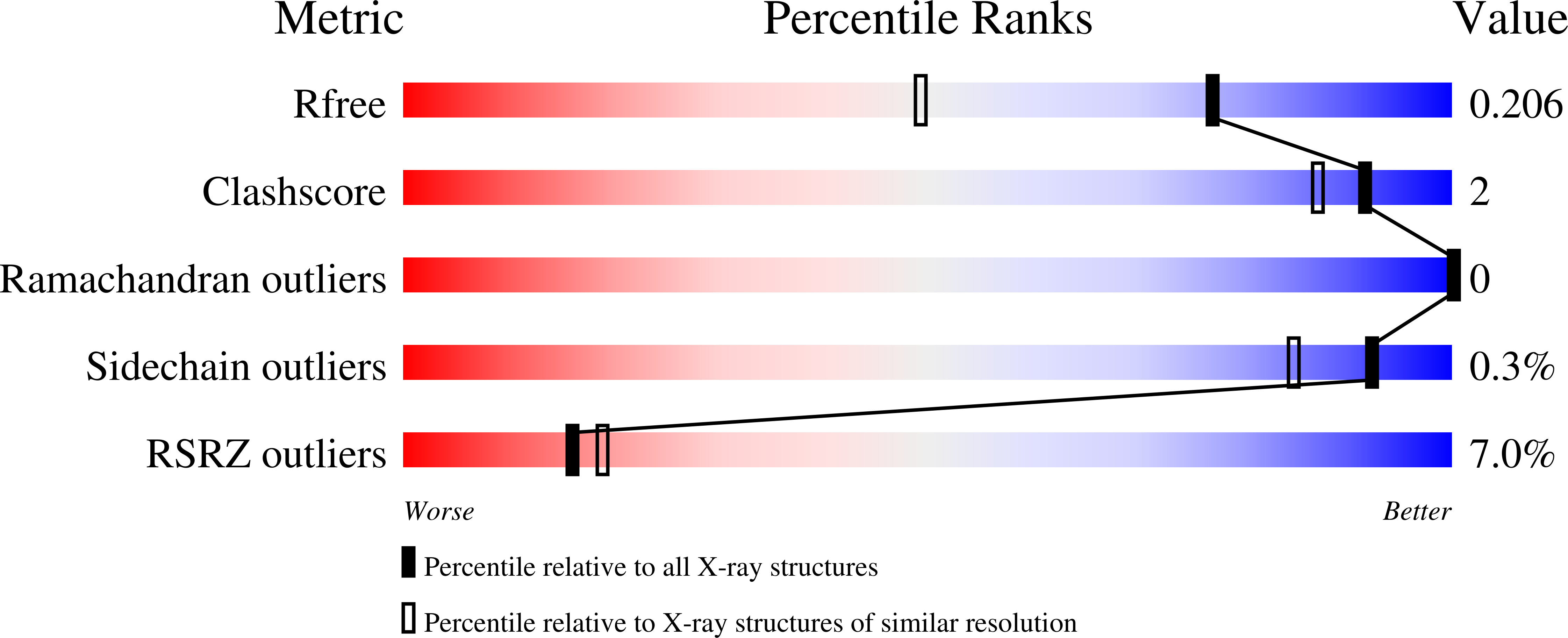
Deposition Date
2005-03-30
Release Date
2005-05-03
Last Version Date
2024-10-09
Entry Detail
PDB ID:
1Z8G
Keywords:
Title:
Crystal structure of the extracellular region of the transmembrane serine protease hepsin with covalently bound preferred substrate.
Biological Source:
Source Organism:
Homo sapiens (Taxon ID: 9606)
Host Organism:
Method Details:
Experimental Method:
Resolution:
1.55 Å
R-Value Free:
0.21
R-Value Work:
0.19
R-Value Observed:
0.19
Space Group:
P 1 21 1


